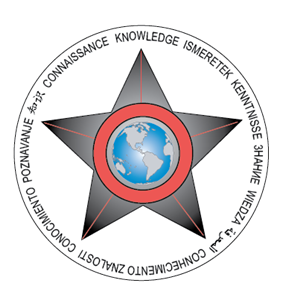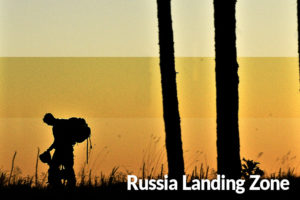Posts by KeithFrench
TRADOC: Three Dates, Three Windows, and All of DOTMLPF-P: How the PLA Poses an All-of-Army Challenge
by Ian M. Sullivan In its quest to become the predominant nation in the world, China is creating an armed capability to defeat the United States regionally and eventually globally. China’s military modernization covers every part of doctrine, organization, training, materiel, leadership and education, personnel, facilities, and policy, or DOTMLPF-P. Click here.
READ STORYFMSO: The People’s Liberation Army’s Evolving Close Air Support Capability
This monograph examines the PLA’s approach to close air support including command and control, coordination, and support to ground combat. The current and future roles of Army Aviation and Unmanned Aerial Vehicles (UAVs) or Unmanned Aerial Combat Vehicles (UACVs) are also assessed as well as the PLA’s lessons learned from foreign militaries, future trends and…
READ STORYForeign Military Studies Office (FMSO): Instruments of Chinese Military Influence in Iran
“Instruments of Chinese Military Influence in Iran” (by Lucas Winter, Jason Warner, and Jemima Baar) assesses that China’s current military influence in Iran is high, and is expected to increase over the next three years. Some of the primary instruments that China uses to gain influence in Iran are: defense-related diplomacy; cooperation in military intelligence/communication;…
READ STORYForeign Military Studies Office (FMSO): Instruments of Russian Military Influence in Iran
“Instruments of Russian Military Influence in Iran” (by Lucas Winter, Jason Warner, and Jemima Baar) assesses that Russia’s current military influence in Iran is high, and is expected to increase over the next three years. Some of the primary instruments that Russia uses to gain influence in Iran are: cooperation in military intel/communications; shared informal/multilateral…
READ STORYHindsight podcast of ATP 7-100.3 Chinese Tactics
Bradley Marvel, doctrine writer at TRADOC G2 and author behind ATP 7-100.3, Chinese Tactics, discusses the publication and the People’s Liberation Army. The Hindsight podcast is a production by the Army Foundry Platform located at Fort Liberty, NC. Their goal is to support the continuing education of their students by deep diving into topics that…
READ STORYChatham House, the Royal Institute of International Affairs: Understanding Russia’s military vulnerabilities
This paper draws preliminary conclusions about Russia’s warfighting capabilities based on the initial 12 months of its invasion of Ukraine in February 2022. [pdf-embedder url=”https://oe.tradoc.army.mil/wp-content/uploads/2023/10/2023-09-13_Understanding_Russias_military_vulnerabilities.pdf”]
READ STORYTRADOC Intelligence Post: LSCO Challenges: Insights on “Will To Fight” From the Russia-Ukraine Conflict (U)
(U)EXECUTIVE SUMMARY (U)The national “will to fight” is a tangible force of interwoven psychological, physical,and ideological elements, often dictating warfare outcomes against the grain oftechnological or numerical superiority. Insights gathered from the war in Ukrainesuggest that while both Russia and Ukraine exhibit resilient wills to fight—in differentand powerful ways—emerging internal and external military challenges can…
READ STORYRoyal United Service Institute: Stormbreak: Fighting Through Russian Defences in Ukraine’s 2023 Offensive
https://oe.tradoc.army.mil/wp-content/uploads/2023/09/Stormbreak-Special-Report-PDF.pdf
READ STORY




